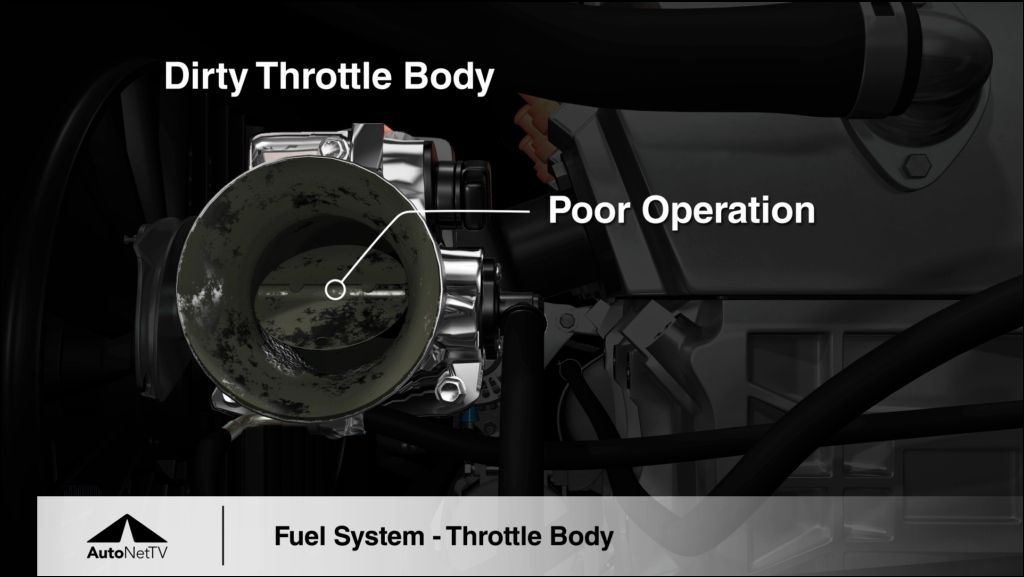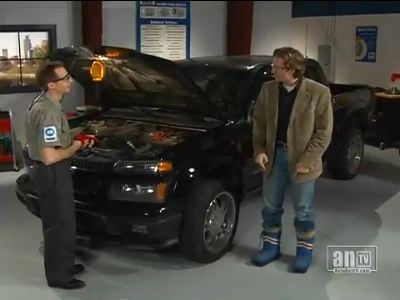Cayenne Says Wash Me, Wash Me Right (How to Wash a Vehicle)
![]()
Good day, Cayenne here, and you know I love going to the dog groomer for my monthly nice warm bath. They know how to wash me and make me happy. I always come home with my coat looking shiny and silky, smelling fresh. Your vehicle, too, deserves that same treatment, looking shiny and clean. So turn on the water, get the suds, and start barkin’ about washing your car!
Most would agree they’d rather drive around in a clean, shiny vehicle than one coated with a layer of dirt. When warmer weather comes around, some of us are bound and determined to wash our own vehicles. And to protect the paint and its luster, there are a few things to keep in mind when you get out the bucket and soap.
- Cool body. It’s not a good idea to wash a vehicle when the body is hot. If it’s been sitting out in the sun or you’ve been riding around on a sunny day, make sure you cool your vehicle off by either moving it to the shade or wetting it down with cool water. The problem with washing a hot vehicle is that it dries so fast; minerals in the water can form hard-to-remove spots on the paint. And some of those can be really difficult to get out. Best to avoid it.
- Slippery when wet. Make sure you wet your vehicle down thoroughly before you get the washing mitt out. Experts keep a couple of buckets of soapy water on hand and use soap engineered to remove dirt from a vehicle without stripping off the wax that might be on it.
- The washing mitt. Experts say to use a mitt with hundreds of moisture-absorbing strands. Start washing at the top and move down. If you keep dipping the mitt into the buckets frequently, a minimal amount of dirt will stick to it, which will prevent scratching the paint.
- Wheels last. Wait until you’ve finished washing the body before washing the wheels. Some detailers prefer special wheel-washing tools or brushes.
- Rinse it well. Hose the vehicle off thoroughly to remove all soap, then dry immediately. Some people swear by a chamois; others prefer cloth. Cotton or microfiber towels will do.
The next time you have your vehicle in for maintenance, you might ask your service advisor for recommendations on vehicle washing accessories. They are usually up on the brands that produce the best results. You may not be a detailing pro, but there’s no reason your vehicle can’t look like you are.
I leave you with this quote for thought,
“I spent three hours washing my car, and it’s supposed to rain tomorrow.
Cayenne
![]()
Allied Auto Works
2073 Grant Road
Los Altos, CA 94024
6509687227
http://alliedautoworks.com












